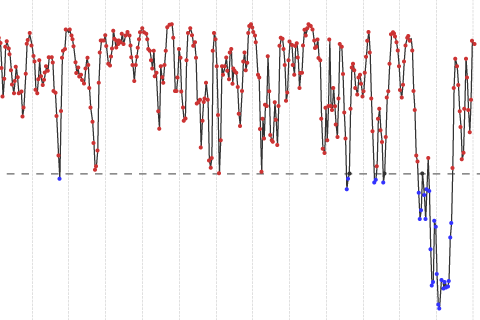
In 2016, daily temperatures in Alaska that were warmer than average outnumbered those that were cooler than average by a 9 to 1 ratio.
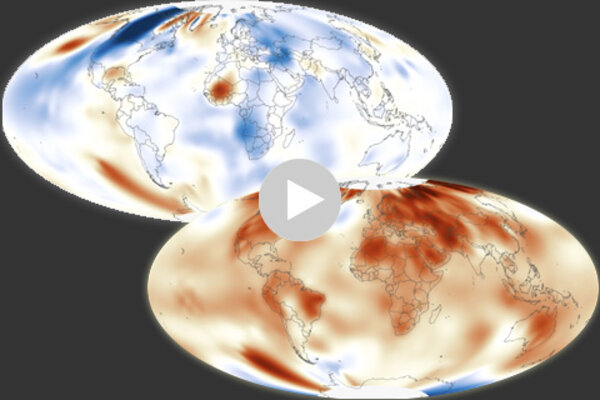
January 17, 2017

In 2016, daily temperatures in Alaska that were warmer than average outnumbered those that were cooler than average by a 9 to 1 ratio.
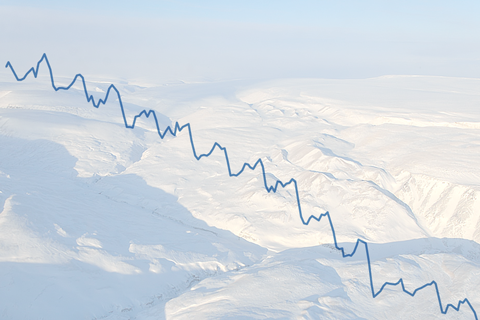
Although surface melt did not set a new record in 2016, the Greenland Ice Sheet did continue a long-term trend of decreasing mass, according to the latest Arctic Report Card from NOAA and its partners.
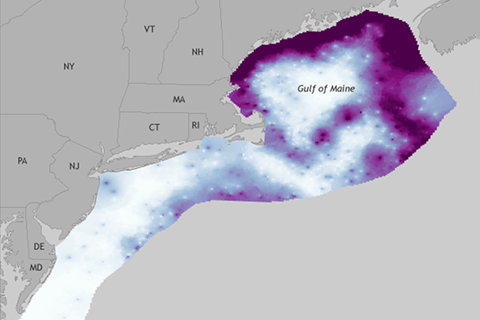
Warming sea surface temperatures from climate change are pushing populations of the American Lobster (Homarus americanus) farther north than ever before.
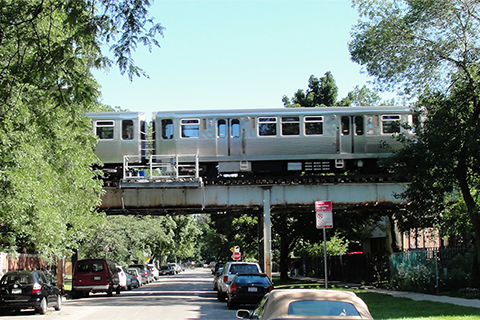
Trees within a city can help reduce urban heat, control stormwater, and provide habitat to local wildlife. As climate conditions change, a Chicago group is working to enhance the reilience of the city's urban forest.
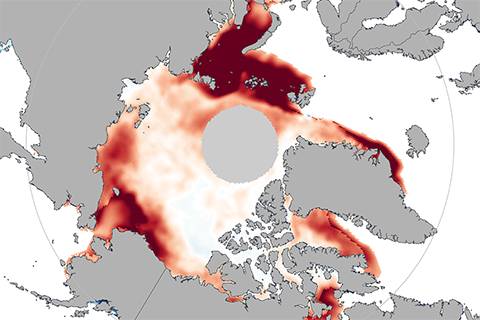
A black swan event is a situation so rare that few people would have imagined it was possible. In November 2016, researchers were caught off guard by just such an event: extremely low sea ice extents in both the Arctic and Antarctic.

A Q & A about the science of detecting the influence of global warming on hurricanes, fires, and other extreme events.
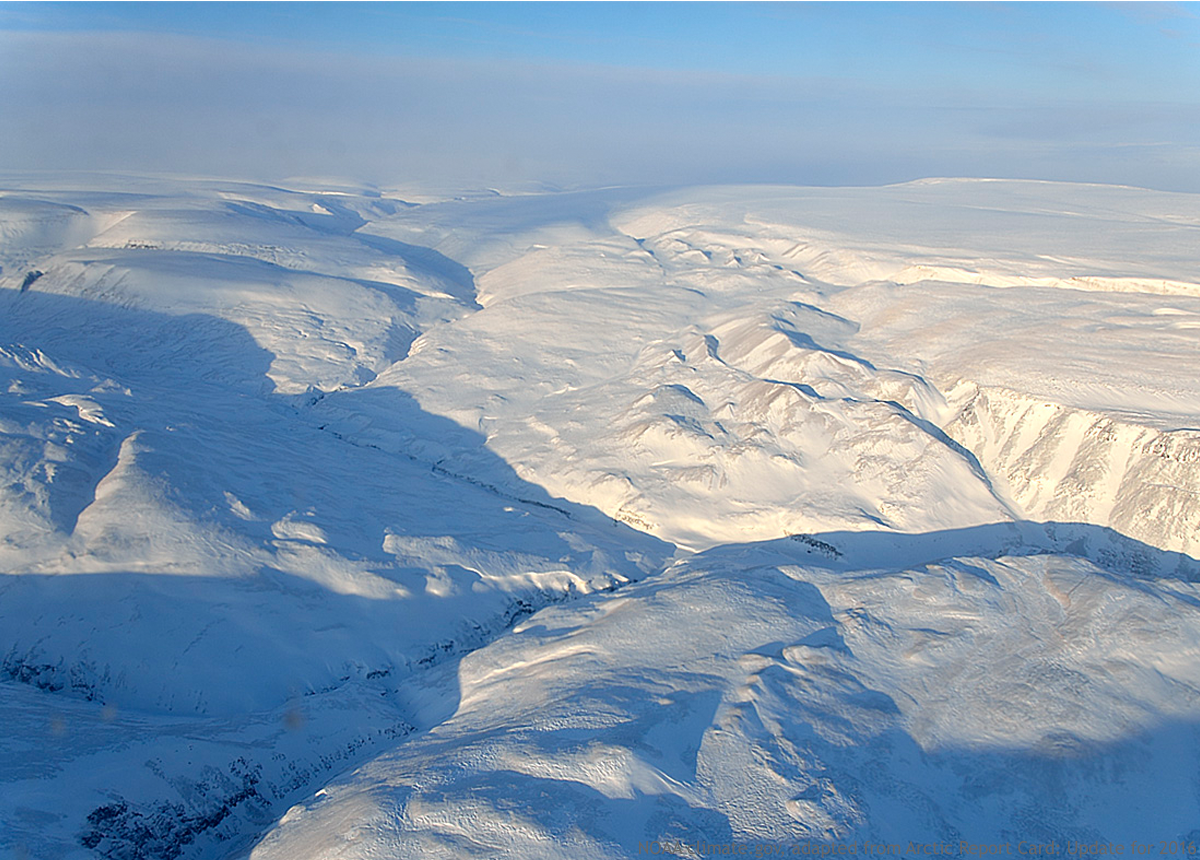
A new NOAA-sponsored report shows that unprecedented warming air temperature in 2016 triggered massive declines in sea ice and snow cover across the Arctic, and brought a record-breaking delay to fall sea ice freeze up. Learn more through our image highlights of the 2016 Arctic Report Card.
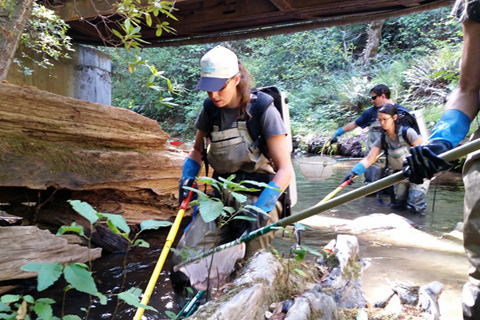
Blocked for decades by an impassable dam, 11.2 miles of prime habitat are now open to endangered Caifornia coho salmon. Access to the upper stream elevations will make the salmon and steelhead trout that migrate into the Russian River watershed to spawn much more resilient to temperature and drought extremes.
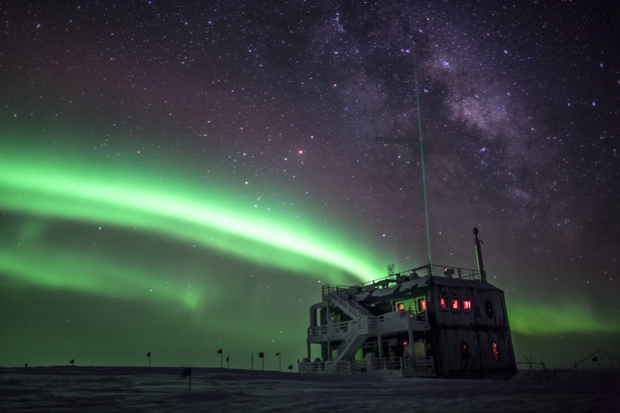
The ozone hole didn't cause global warming, but climate and the ozone hole are related in other ways.